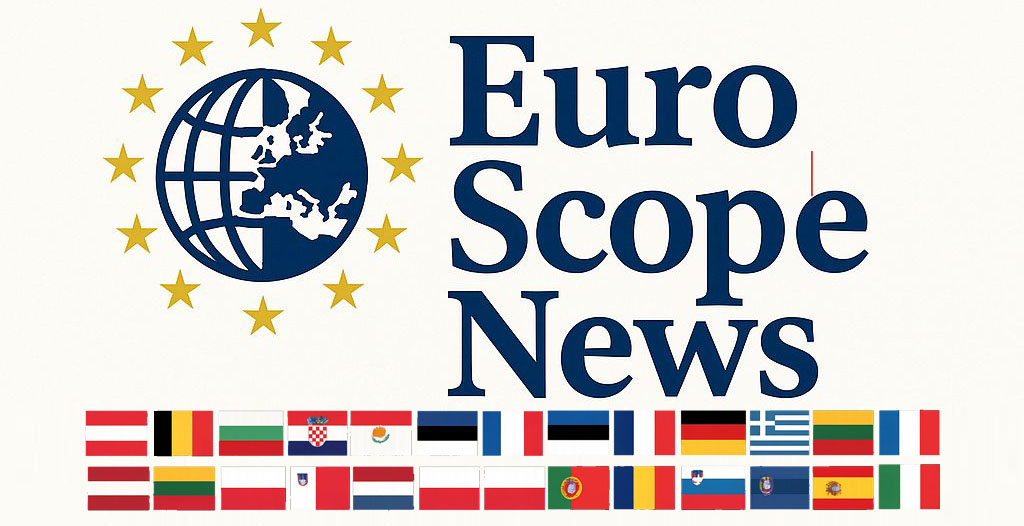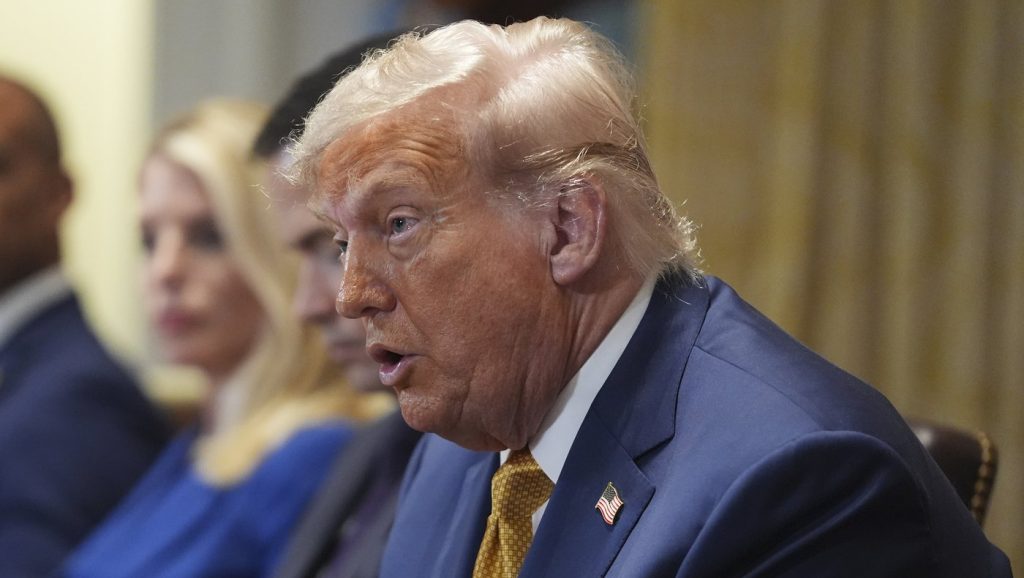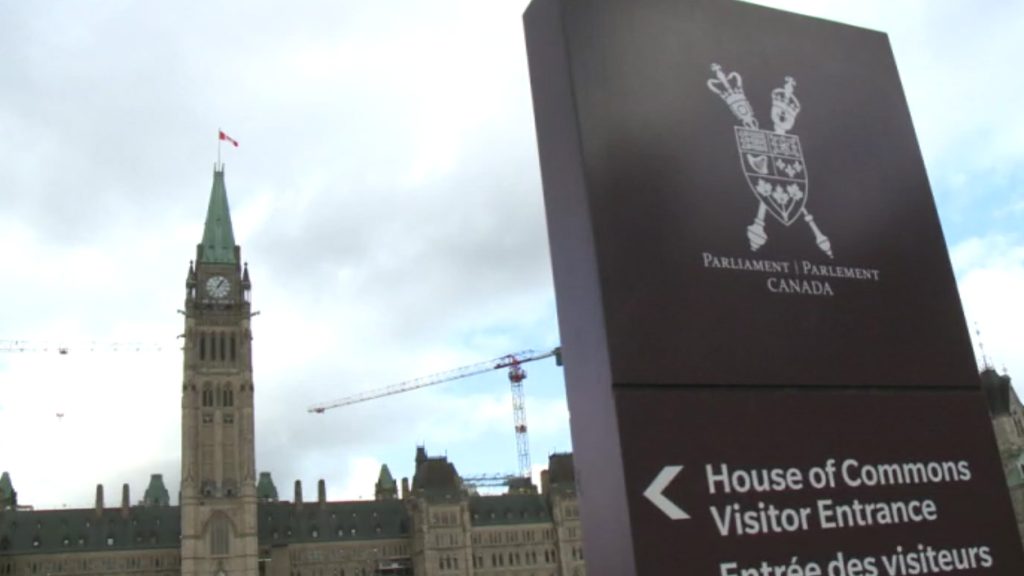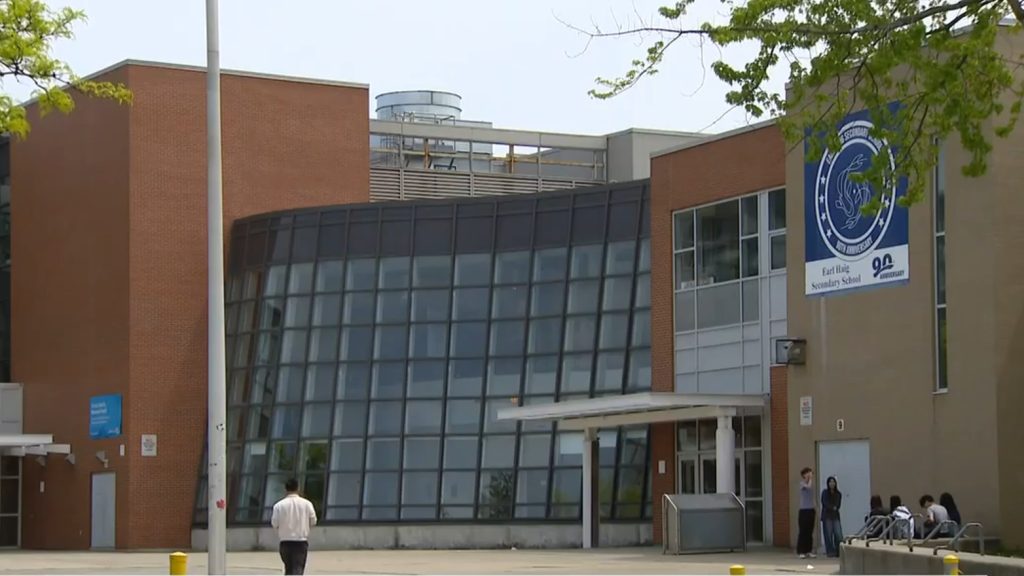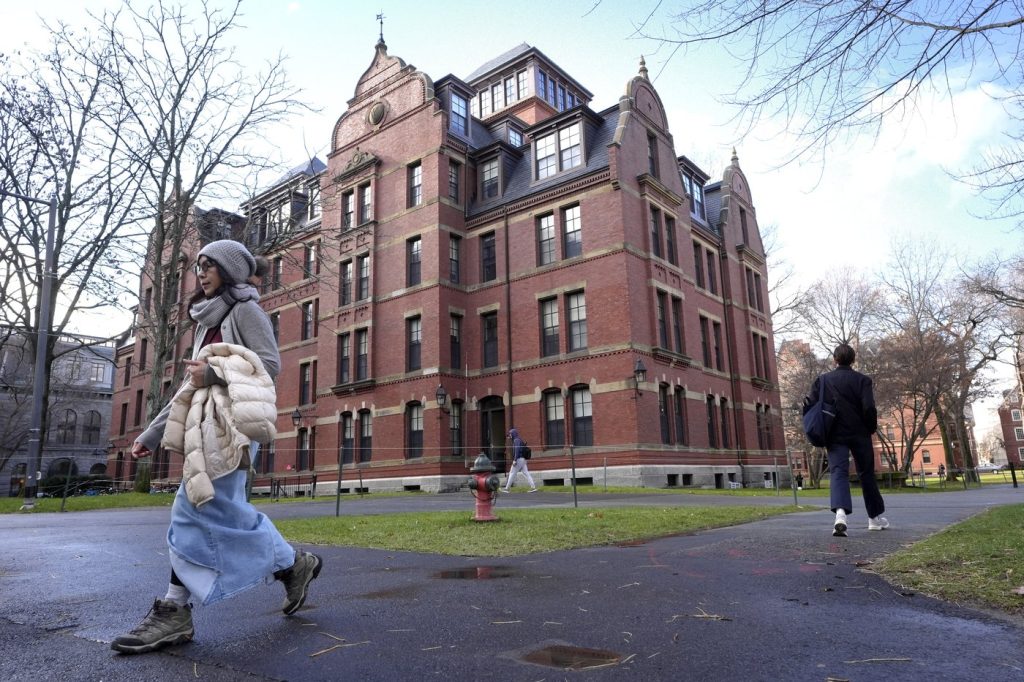On July 8, 2025, U.S. President Donald Trump announced plans to impose a 50 percent tariff on copper imports. During a cabinet meeting, Trump confirmed this decision while noting that the exact date for the implementation of the tariff has yet to be determined. Commerce Secretary Howard Lutnick supported Trump's stated tariff rate, but no executive orders were scheduled for signing to enact the duties on the same day.
The impact of the copper tariff is expected to be minimal for Canadian mining companies, as the majority of raw copper produced in Canada is exported to Asian markets. According to Pierre Gratton, head of the Mining Association of Canada, the copper concentrate mined in Canada predominantly targets these other markets, rendering the new tariffs disruptive yet immaterial to Canadian producers. However, Canadian copper refineries may face more significant challenges due to an insufficient domestic capacity in the U.S., potentially leading to increased costs for U.S. buyers.
Gratton criticized the tariff, suggesting that it would penalize the U.S. manufacturing sector, a sentiment resonated by other industry leaders. In 2023, the value of Canadian exports of copper and copper-based products was approximately $9.3 billion, with over half of that amount heading to the U.S. Specifically, exports of copper ores and concentrates accounted for about $3.4 billion of this figure. Teck Resources Ltd. stated that they do not engage in selling copper concentrates or finished copper products to the U.S., while other companies did not provide immediate comments regarding the tariff announcement.
In the wake of Trump's declaration, shares of U.S. mining company Freeport-McMoRan increased by 4.6 percent, and copper prices surged 8.7 percent to reach $5.47 per pound. This fluctuation in market values reflects the volatility that has characterized global trade due to Trump's inconsistent tariff strategies. The impending copper tariffs suggest a broader move by the Trump administration to extend sector-specific tariffs beyond previously imposed duties on steel, aluminum, and automobiles.
Citing national security, Trump initiated investigations earlier in the year under Section 232 of the Trade Expansion Act of 1962 into several products, including copper and pharmaceuticals. He indicated that an announcement pertaining to duties on pharmaceuticals would follow soon, proposing an exceptionally high tariff rate of 200 percent after a one-year grace period for manufacturers to adjust.
It is important to note that the Section 232 tariffs are distinct from Trump's extensive global tariff regime. Recently, he delayed the implementation of global tariffs, originally set to commence on July 9, shifting the deadline to August 1 to provide his administration additional time to engage in trade negotiations. Canada has not been targeted by these global tariffs, and Canadian officials are aiming for a bilateral agreement with the U.S. by July 21, with ongoing work reported towards achieving this goal.
In response to trade challenges, Canadian Finance Minister François-Philippe Champagne reached out to provinces, territories, and the Federation of Canadian Municipalities, advocating for support of domestic steel and aluminum industries via strategic procurement policies. Last month, Ottawa enacted guidelines aiming to limit federal procurement to Canadian steel and aluminum as well as products from "reliable trading partners." Champagne’s calls for cooperation across various levels of government were intended to present a united front and reinforce Canada's commitment to ensuring fair treatment for its businesses and workforce.
This developing situation underscores the complexities of international trade relations under the Trump administration, particularly as tariffs on critical commodities continue to evolve, impacting both domestic and foreign markets significantly.
